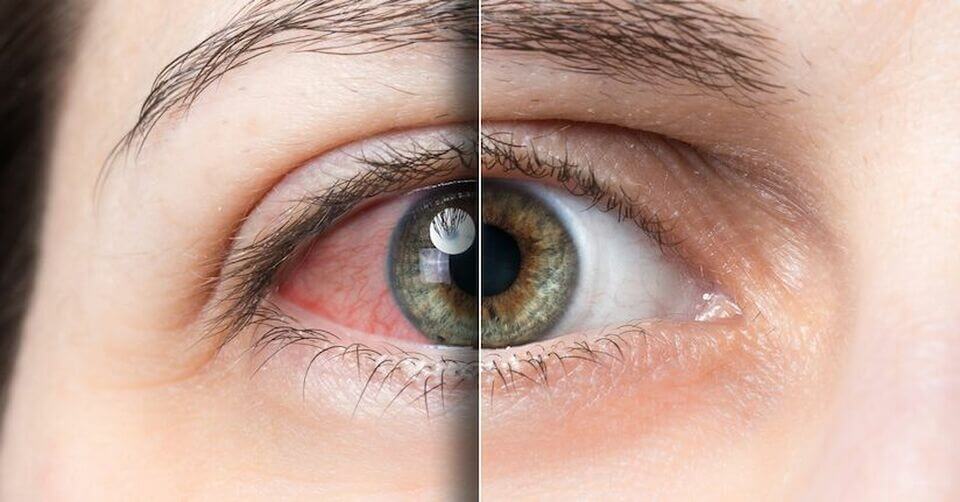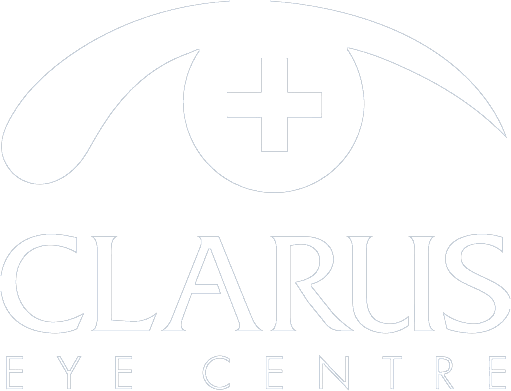WHY HAVE I BEEN SENT TO A RETINA SPECIALIST?
A retina specialist has unique skills to evaluate, diagnose and treat a very specific portion of the human visual system. Some people describe the area that retina specialists deal with as “the back part of the eye”. The retina is a thin tissue that lines the back of the eye. It is made up of light-sensitive cells called photoreceptors. The macula is the central part of the retina where there is the highest congregation of photoreceptors. Because of this, the macula is the area of the retina that provides us with sharp and detailed vision. Light rays travel through the eye and enter the back of the eye. These light rays are focused onto the macula and stimulate the photoreceptors. This leads to conversion of the light into electrical signals, which are sent to the brain. The brain processes that information as sight.
Another part of the back of the eye is the vitreous body, or more commonly referred to as “the vitreous”. The vitreous is a clear gel that fills the space between the retina and the lens. A variety of diseases conditions may affect the retina, macula, and vitreous. Commonly treated conditions include, age-related macular degeneration, diabetic retinopathy, retinal tears, retinal detachments, macular holes or macular puckers. The range of medical conditions may result in decreased vision or lead to blindness. A retina specialist can help you take care of these problems.
Retina specialists perform medical treatments and surgical procedures which are extremely exacting. Retina surgeries performed in the operating room require a microscope, and are referred to as “microsurgery”. Special lenses are used in addition to the microscope to visualize the back of the eye. Retina surgeons operate on very delicate tissues in an incredibly tiny space. Laser is an important tool used by retina specialists to treat eye conditions in the office and also in the operating room.
In order to diagnose retinal and/or vitreous disease, a detailed comprehensive dilated eye exam is required. Testing that requires highly technical equipment may also be necessary. Included in this folder are an assortment of sheets for various types of testing and procedures performed in our clinic or the operating room. If this is your first visit with The Retina Service, please understand that the information for procedures is included for educational purposes and that you are not automatically going to undergo each procedure upon your arrival. We find that it is helpful to understand the process behind the different modalities we may enlist to deliver high quality care to you. Please use these sheets as detailed references. For a general overview of your visit prior to arrival, please see the form: “What to Expect at your Retina Appointment”. Any of the procedures listed on the other sheets will be discussed with you prior to undergoing the procedure, if it is recommended. Please be assured that you will be informed and aware of each step of your care.

